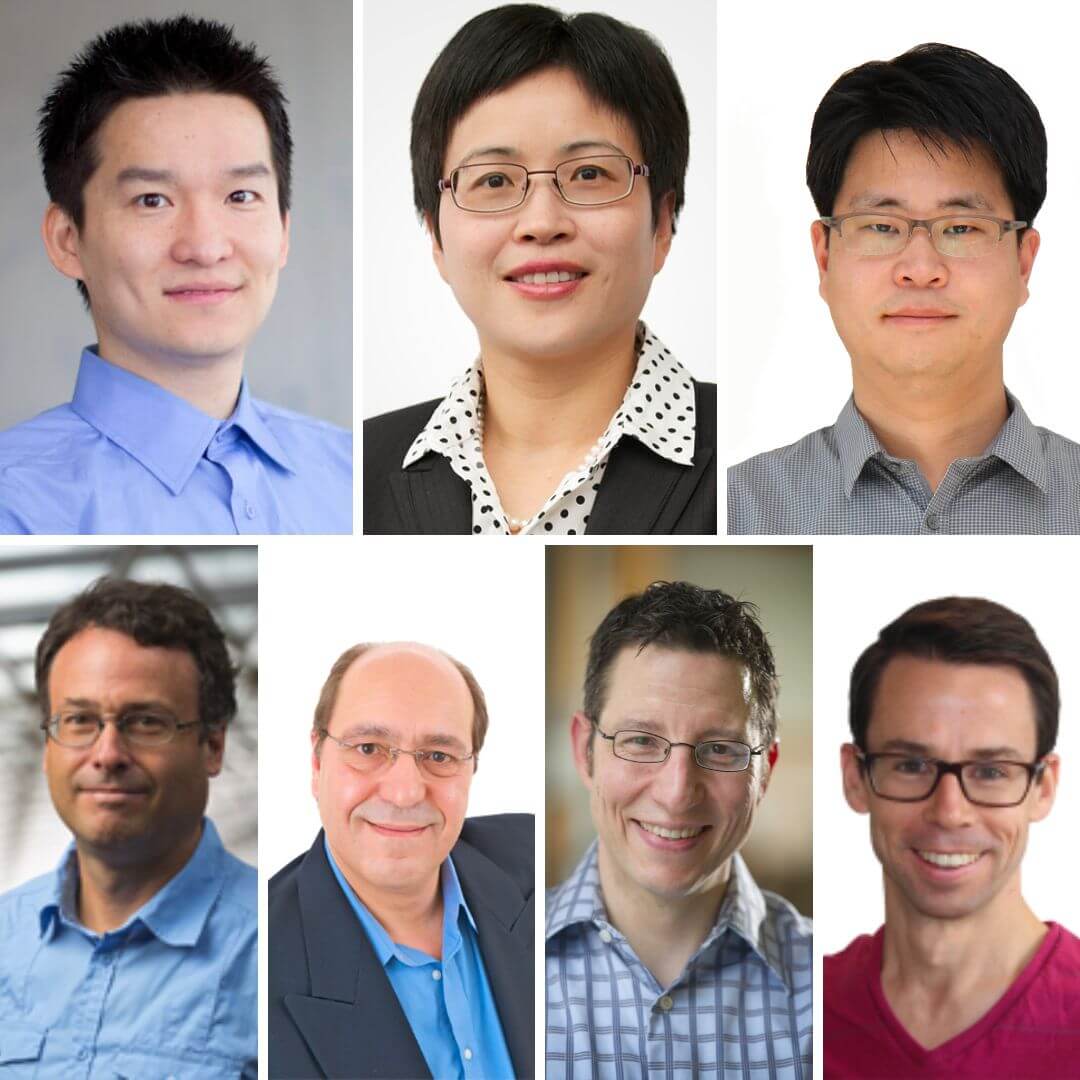
Quantum technologies to address pressing environmental needs
Friday, August 25, 2023 Quantum methods can lead to more efficient and precise solutions to environmental issues over conventional methods, accelerating the path to sustainability. Already, TQT-supported researchers have used quantum-based techniques to address environmental needs such as heavy metal detection, energy-efficient electronics, sustainable computing, and atmospheric monitoring. Detection of toxic heavy metals […]
August 25, 2023

The promise of two-dimensional electron gases in quantum wells for wide-ranging quantum devices
Two-dimensional electron gases in quantum wells are a powerful resource for several quantum technology applications, including quantum sensing, metrology, and topological quantum computing. In a conventional quantum computer, information is localized within a single particle (or qubit). Noise that affects that qubit can cause quantum information to get scrambled and lost. For fault-tolerant quantum […]
June 15, 2023

Quantum photonic devices using shaped semiconductor nanowires
Find Michael Reimer’s SPIE Photonics for Quantum 2020 presentation here : Quantum photonic devices using shaped semiconductor nanowires (spiedigitallibrary.org)
August 27, 2021

Spin-preserving chiral photonic crystal mirror
Sunday, July 5, 2020 An illustrative description of the performance of the photonic crystal mirror. The chiral photonic crystal structure can be printed on banknotes and official documents against counterfeiting. Upon applying purely circularly polarized lights of a certain handedness, the patterns would be revealed. By: by Semnani, Behrooz, Jeremy Flannery, Rubayet Al Maruf, and […]
July 5, 2020

Tuning Spin-Exchange Interactions in Low-Dimensional Metal Halide Perovskites: A New Class of Semiconductor Quantum Materials
Summary Leakage current in electronic components is one of the limiting factors for the performance of conventional computers which use charges and currents as physical information carriers. Spintronics offers an alternative by using electron spin for information transfer, processing and storage, enabling the design of non-volatile computer memory and more energy-efficient electronic devices. In this […]
October 1, 2019

Silicon Platform for Electron Spin Qubits
Summary Scaling solid-state quantum processors to a useful threshold while maintaining the requisite precision in quantum control remains a challenge. We propose a quantum metal-oxide-semiconductor (QMOS) architecture operating at cryogenic temperatures that is based on a network/node approach as a means to scalability. By working with QMOS, we benefit from the deep investments and […]
December 7, 2018

Cryo-CMOS to Control and Operate 2D Fault-Tolerant Qubit Network
Summary Large-scale, fault-tolerant quantum computation requires precise and stable control of individual qubits. This project will use complementary metal-oxide-semiconductor (CMOS) technology to provide a cost-effective scalable platform for reliable and high-density control infrastructure for silicon spin qubits. We will use sub-micron CMOS technology to address device and circuit-level challenges and explore the integration of […]
June 14, 2018

Plasmon Control of Quantum States in Semiconductor Nanocrystals
Summary Thanks to the light-induced collective oscillations of free charges at the boundary between a conducting material and a dielectric, known as surface plasmon resonance, metallic nanostructures can exhibit strong light absorption and scattering. The sensitivity of these resonances to the local environment and shape of the metallic structures allows them to be used, […]
March 21, 2018

Next Generation Quantum Sensors
We are developing new semiconductor p-n junctions and designing novel nanowire arrays that have the potential to significantly enhance the ability to detect light at the single photon level over an unprecedented wavelength range from the ultraviolet to infrared.
June 1, 2017

Two-Dimensional Quantum Materials and Heterostructures
Two-dimensional (2D) layers just one atom thick can be stripped from certain materials, such as graphene.
June 1, 2017

